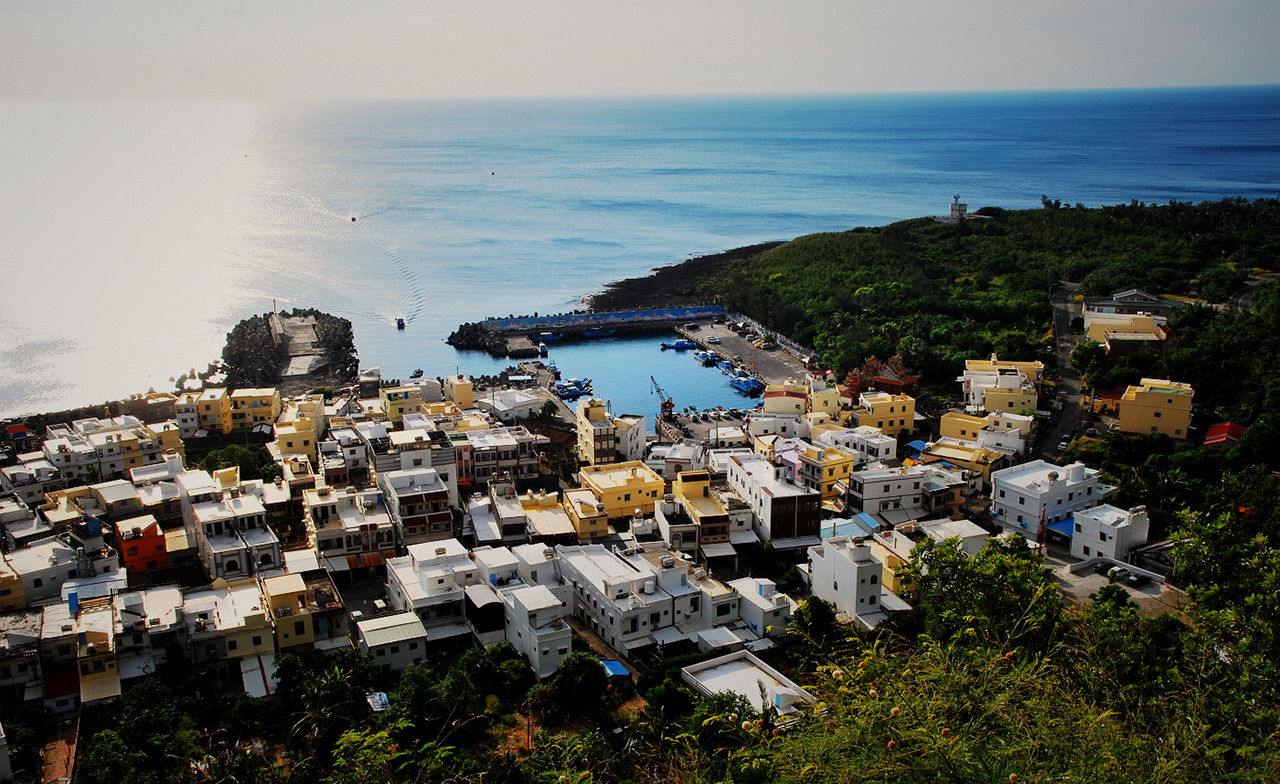Townscape Introduction
The scenery along the Hengchun Ancient City is enchanting. In addition to enjoying the distant views of San Tai Mountain and Huo Tou Mountain, as well as admiring the ancient city gates and walls, there are also attractions within Hengchun Township, such as the Hundred-Year-Old Street, Betel Nut Street, and the Eight Wonders of Hengchun, making Hengchun Township, located at Taiwan's southernmost tip, filled with ancient charm, evoking a sense of nostalgia. The Eight Wonders of Hengchun: Named after the eight scenic poems written by the Qing Dynasty general Liang Yan, the poems describe the following scenes: "Cat's Nose, Turtle's Head by the sea, San Tai rises high into the clouds. Dragon's Cry, Rain Turns the Heart of the Pond, Tiger's Roar, Clear Wind and Smoke at the Mouth of the Valley. Cattle Back Bends to the Field Road, Who Rides the Saddle to Leave the Dusty Whip? A Thousand Years Cave Seals the Marquis' Trail, Mighty Mountain Shakes the Southeastern Sky." Cat's Nose, Turtle's Head by the sea: Refers to "Cat's Nose", which resembles a cat crouching on the sea due to coral reefs being eroded by the waves. Located at the confluence of the Taiwan Strait and the Bashi Channel, the area is subject to significant wind and current changes, often showcasing spectacular waves crashing against the coast. Turtle Mountain and Snake Mountain stand in opposition, rising near the entrance to the National Museum of Marine Biology and Aquarium. San Tai rises high into the clouds: Refers to San Tai Mountain. Standing on the east gate of Hengchun Ancient City and looking east, one can see three peaks connected, which are the San Tai Mountains, giving them their name. Dragon's Cry, Rain Turns the Heart of the Pond: Refers to Long Luan Pond, which covers an area of 175 hectares, making it the largest inland lake in Hengchun Peninsula. The wide lake surface, reflecting the blue sky or evening glow, forms a captivating scenic painting. A Thousand Years Cave Seals the Marquis' Trail: Refers to Monkey Cave Mountain, located next to the west gate, is a coral reef rock standing 20 meters high, originally a habitat for monkeys, hence the name. Tiger's Roar, Clear Wind and Smoke at the Mouth of the Valley: Refers to Huo Tou Mountain. Cattle Back Bends to the Field Road: Refers to Chi Niu Ridge, a plateau outside Hengchun's east gate, formed by uplifted coral limestone, offering a bird's-eye view of the Hengchun Valley plain, ranging from Che Cheng in the north to Eluanbi in the south, with excellent visibility. Who Rides the Saddle to Leave the Dusty Whip: Refers to Ma An Mountain, located at Nanwan on the southern slope of Ma An Mountain, which was a rich whaling ground during the Japanese colonial period. Mighty Mountain Shakes the Southeastern Sky: Refers to Guan Mountain, also known as Gao Shan Rock, composed of coral reef rocks. Its most famous sight is the sunset at Guan Mountain, where the sky and sea are painted in shades of red as the sun descends.
 Townscape - Filming location of the movie Cape No. 7
Townscape - Filming location of the movie Cape No. 7
 Scenic Town - Fishing Boat View
Scenic Town - Fishing Boat View































